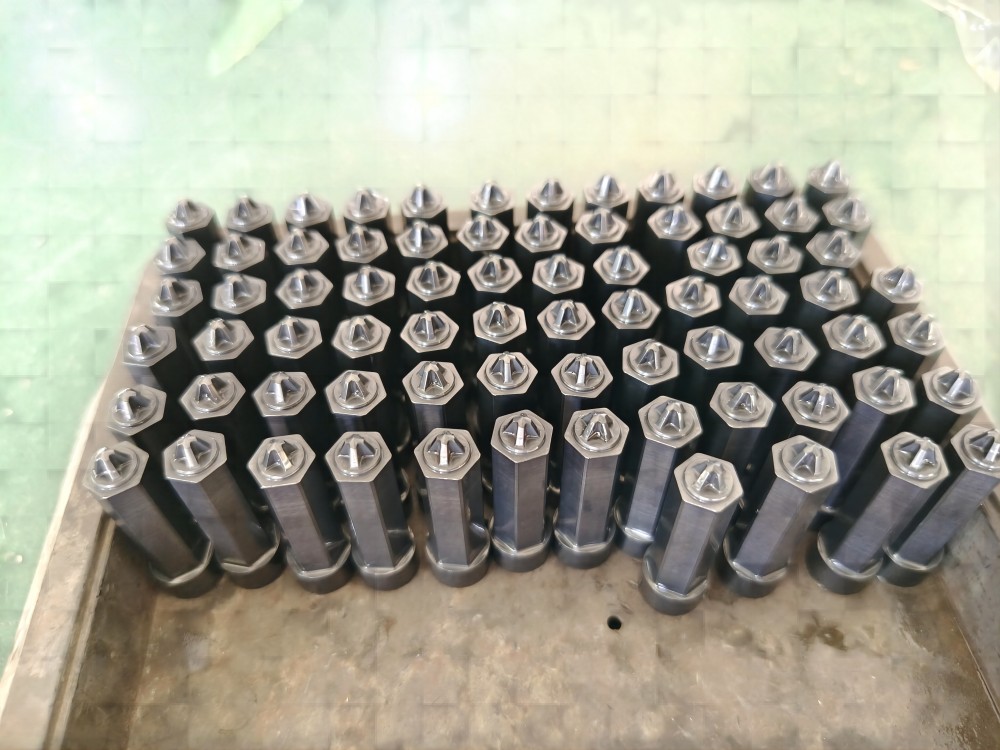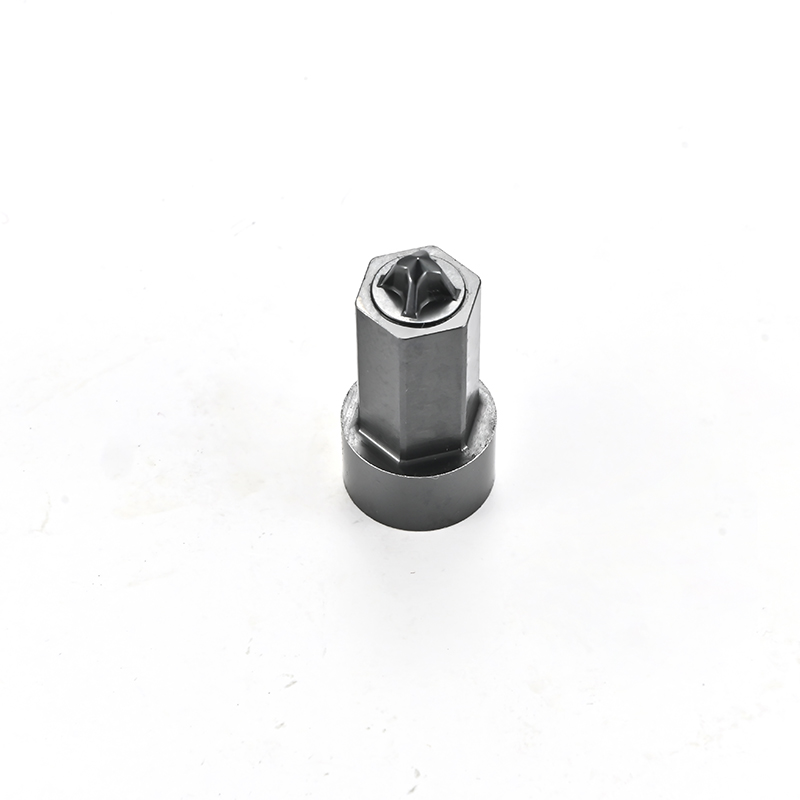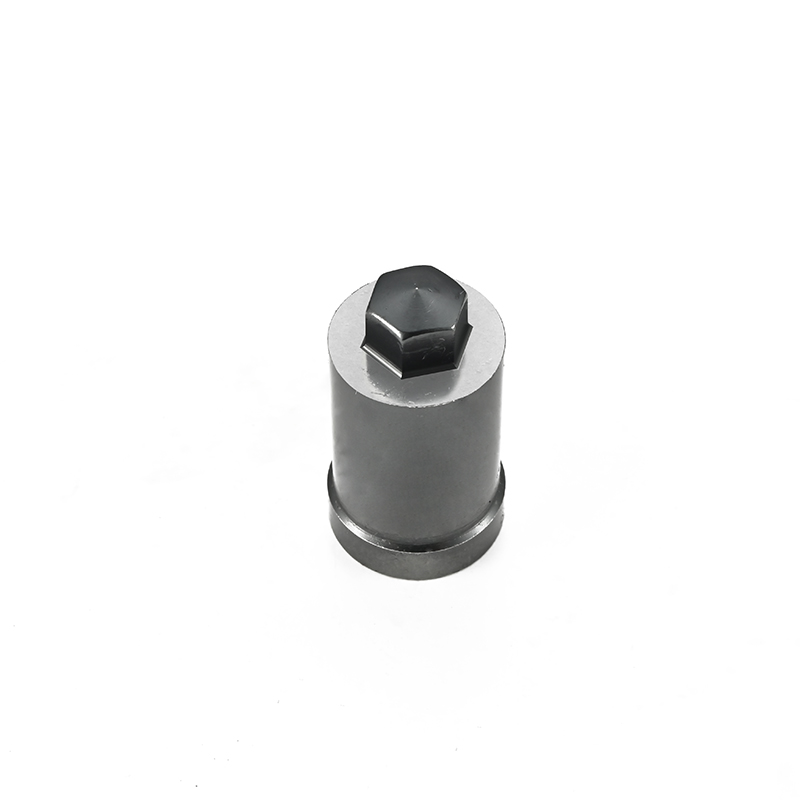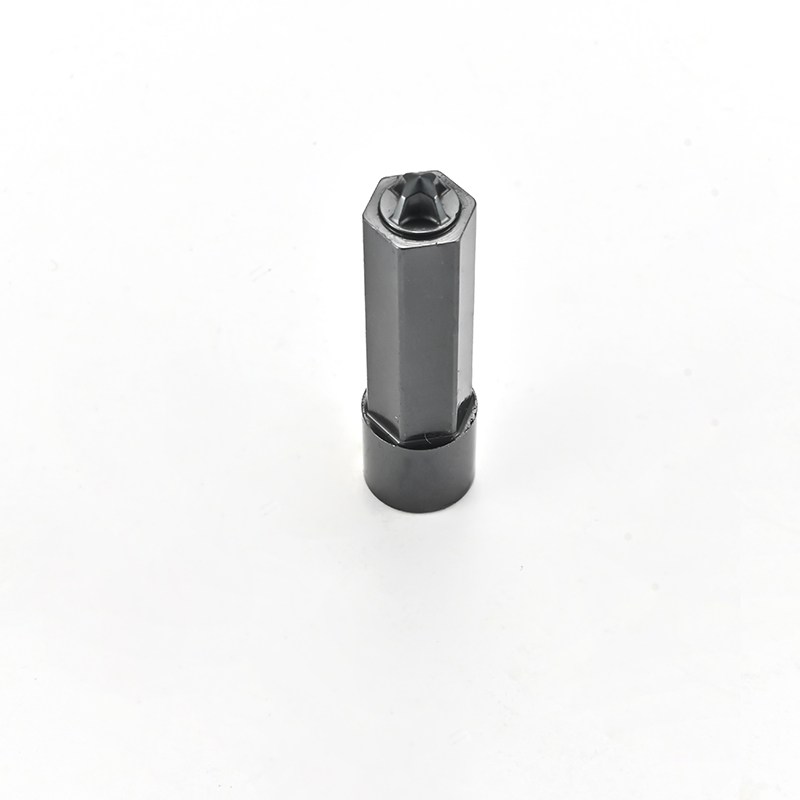Punch and Die: Understanding the Differences
Punch and die are important tools in the manufacturing and metalworking industries. They are commonly used in processes such as stamping, forging and forming to create precise shapes and holes in a variety of materials. While punches and dies both play a vital role in these processes, they serve different functions and are made of different materials.

Punches are typically made from carbide or tool steel, known for their hardness and durability. This allows the punch to withstand the high forces and pressures exerted during the stamping process. Most presses are mechanically operated, but simple hand punches are also used on smaller scale operations. Punches are designed to pass through material, creating holes or shaping the material as it moves. The shape and size of the punch determines the final result of the workpiece.
A die, on the other hand, is a specialized tool that holds the workpiece in place and determines the shape that the punch will create on it. Dies are also made of tough materials, such as steel, to withstand the forces exerted during the stamping process. They are designed to complement the shape and size of the punch, ensuring the desired results are achieved with precision and accuracy. Essentially, the die acts as a mold or template that guides the punch to create the desired shape on the workpiece.



One of the main differences between punches and dies is their function in the stamping process. The punch cuts or shapes the material, while the die provides the necessary support and guidance to ensure the final product meets the required specifications. Without the die, the punch will not produce consistent and accurate results on the workpiece.
Another important difference is the relationship between the punch and die. In most stamping operations, the punch passes through the material and into the die, holding the workpiece securely in place. This interaction between punch and die is critical to achieving uniform and precise results, especially in high-volume manufacturing processes.
Understanding the differences between punches and dies is critical to optimizing the stamping process and achieving high-quality results in a variety of industrial applications.
Post time: May-25-2024



